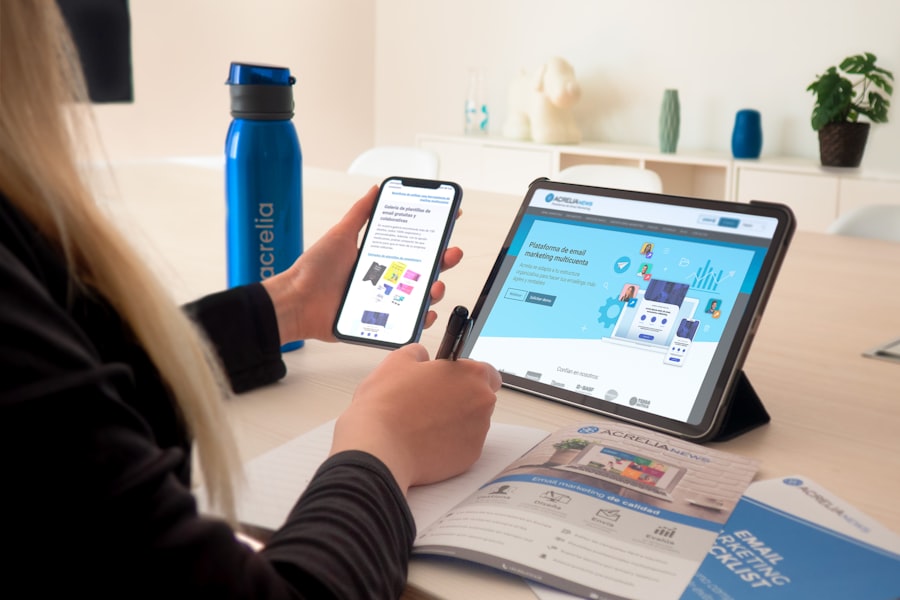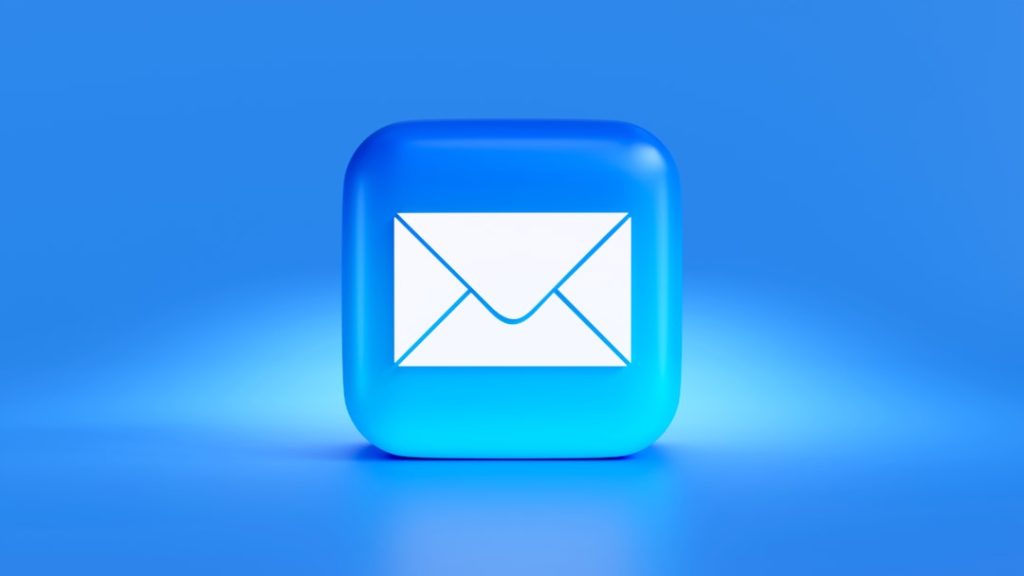To effectively engage your audience through email marketing, it is crucial to have a deep understanding of who they are. This involves not only demographic information such as age, gender, and location but also psychographic data that reveals their interests, preferences, and behaviors. For instance, if you are targeting a younger demographic, you might find that they respond better to more casual language and vibrant visuals, while an older audience may appreciate a more formal tone and straightforward content.
Segmenting your audience based on these characteristics allows for tailored messaging that resonates more deeply with each group. Moreover, understanding your audience extends to recognizing their pain points and motivations. What challenges do they face that your product or service can solve?
What drives their purchasing decisions? Conducting surveys, analyzing past purchase behavior, and utilizing social media insights can provide valuable information. For example, if your audience is primarily composed of busy professionals, emphasizing time-saving features in your emails can be particularly effective.
By aligning your content with the specific needs and desires of your audience, you can create a more engaging and relevant email marketing strategy.
Key Takeaways
- Know your audience to tailor relevant and engaging email content.
- Create catchy subject lines to increase open rates.
- Personalize emails to build stronger connections with recipients.
- Ensure emails are mobile-friendly for better accessibility.
- Use A/B testing and analytics to continuously improve campaign performance.
Crafting Compelling Subject Lines
The subject line of an email serves as the first impression and plays a pivotal role in determining whether your message will be opened or ignored. A compelling subject line should be concise yet informative, sparking curiosity while clearly conveying the email’s value. For instance, instead of a generic subject line like “New Products Available,” consider something more enticing such as “Unlock Exclusive Access to Our Latest Collection!” This approach not only piques interest but also creates a sense of urgency and exclusivity.
In addition to creativity, incorporating personalization into subject lines can significantly enhance open rates. Using the recipient’s name or referencing their previous interactions with your brand can make the email feel more tailored and relevant. For example, “Sarah, Your Favorite Items Are Back in Stock!” directly addresses the recipient and reminds them of their interests.
Furthermore, experimenting with different styles—such as questions, lists, or even emojis—can help identify what resonates best with your audience. A/B testing various subject lines can provide insights into which formats yield the highest engagement rates.
Personalizing Your Emails

Personalization goes beyond simply addressing the recipient by name; it encompasses tailoring the entire email experience to meet individual preferences and behaviors. Utilizing data collected from previous interactions allows marketers to create highly relevant content that speaks directly to the recipient’s interests. For instance, if a customer frequently purchases fitness gear, sending them targeted emails featuring new workout apparel or exclusive discounts on related products can enhance their shopping experience and increase conversion rates.
Moreover, dynamic content can be employed to further personalize emails. This technique allows marketers to change specific elements within an email based on the recipient’s profile or behavior. For example, an email could display different product recommendations based on past purchases or browsing history.
By leveraging such technology, brands can create a more engaging experience that feels curated for each individual recipient. This level of personalization not only fosters customer loyalty but also encourages repeat business as customers feel valued and understood.
Optimizing for Mobile
| Metric | Description | Recommended Value/Goal | Importance |
|---|---|---|---|
| Page Load Time | Time taken for a page to fully load on a mobile device | Under 3 seconds | High |
| First Contentful Paint (FCP) | Time until the first text or image is painted | Under 1.8 seconds | High |
| Time to Interactive (TTI) | Time until the page is fully interactive | Under 3 seconds | High |
| Mobile-Friendly Score | Google’s assessment of mobile usability | 90% or higher | High |
| Viewport Configuration | Properly set viewport meta tag for responsive design | Configured with width=device-width, initial-scale=1 | Medium |
| Touch Target Size | Size of buttons and links for easy tapping | At least 48×48 pixels | Medium |
| Font Size | Readable font size on small screens | Minimum 16px | Medium |
| Image Optimization | Use of compressed and responsive images | Images under 100KB where possible | High |
| Use of AMP (Accelerated Mobile Pages) | Implementation of AMP for faster mobile pages | Implemented where applicable | Low to Medium |
| Network Requests | Number of HTTP requests made on page load | Less than 50 requests | High |
With an increasing number of consumers accessing their emails via mobile devices, optimizing email campaigns for mobile viewing is no longer optional; it is essential. A mobile-optimized email should have a responsive design that adjusts seamlessly to various screen sizes. This includes using larger fonts for readability, ensuring buttons are easily clickable, and keeping images optimized for quick loading times.
A well-structured layout that allows for easy navigation can significantly enhance user experience and engagement. Additionally, considering the context in which mobile users check their emails is vital. Many people browse their emails on-the-go or during brief moments of downtime, which means they may not have the time or patience to scroll through lengthy content.
Therefore, keeping emails concise and to the point is crucial. Utilizing bullet points, short paragraphs, and clear headings can help convey information quickly and effectively. Furthermore, incorporating clear calls to action that are easily accessible on mobile devices can drive higher engagement rates.
A/B Testing Your Campaigns
A/B testing is a powerful method for optimizing email marketing campaigns by comparing two versions of an email to determine which performs better. This process involves changing one element at a time—such as the subject line, layout, or call to action—and measuring the impact on key performance indicators like open rates and click-through rates. For example, if you want to test the effectiveness of different subject lines, you might send half of your audience one version and the other half a different version while keeping all other elements constant.
The insights gained from A/B testing can inform future campaigns and help refine your overall strategy. It is essential to establish clear goals for each test and analyze the results thoroughly to understand what resonates with your audience. For instance, if one subject line significantly outperforms another, it may indicate a preference for a particular tone or style among your recipients.
Regularly conducting A/B tests not only enhances your email performance but also fosters a culture of continuous improvement within your marketing team.
Leveraging Automation

Email automation is a game-changer in streamlining marketing efforts while maintaining personalized communication with customers. By setting up automated workflows based on specific triggers—such as sign-ups, abandoned carts, or customer anniversaries—marketers can ensure timely and relevant messages reach their audience without manual intervention. For instance, an automated welcome series can introduce new subscribers to your brand while providing them with valuable information about products or services.
Additionally, automation allows for timely follow-ups that can significantly enhance customer engagement. For example, if a customer abandons their shopping cart, an automated reminder email can be sent within hours to encourage them to complete their purchase. These timely nudges not only help recover potentially lost sales but also demonstrate attentiveness to customer behavior.
By leveraging automation effectively, brands can maintain consistent communication with their audience while freeing up valuable time for marketers to focus on strategy and creativity.
Building a Strong Call to Action
A strong call to action (CTA) is essential in guiding recipients toward the desired outcome of your email campaign. Whether it’s encouraging them to make a purchase, sign up for a webinar, or download a resource, the CTA should be clear, compelling, and visually distinct from the rest of the content. Using action-oriented language such as “Shop Now,” “Get Your Free Trial,” or “Join Us Today” creates a sense of urgency and encourages immediate action.
Moreover, the placement of the CTA within the email is equally important. It should be strategically positioned where it is easily visible without requiring excessive scrolling. Including multiple CTAs throughout longer emails can also be beneficial; however, it’s crucial to ensure they are cohesive and lead toward a single goal rather than overwhelming the reader with choices.
Testing different CTA designs—such as button colors or sizes—can provide insights into what drives higher engagement rates among your audience.
Analyzing and Adjusting Your Strategy
The final step in any successful email marketing campaign is analyzing performance metrics and adjusting strategies accordingly. Key performance indicators (KPIs) such as open rates, click-through rates, conversion rates, and unsubscribe rates provide valuable insights into how well your campaigns are resonating with your audience. By regularly reviewing these metrics, marketers can identify trends and patterns that inform future campaigns.
For instance, if you notice a decline in open rates over time, it may indicate that your subject lines are becoming less effective or that your audience is losing interest in your content. Conversely, high click-through rates may suggest that your content is engaging but could benefit from stronger CTAs or improved targeting. Adjusting your strategy based on these insights ensures that your email marketing efforts remain relevant and effective in achieving your business goals.
Continuous analysis fosters an adaptive approach that keeps pace with changing consumer preferences and market dynamics.




